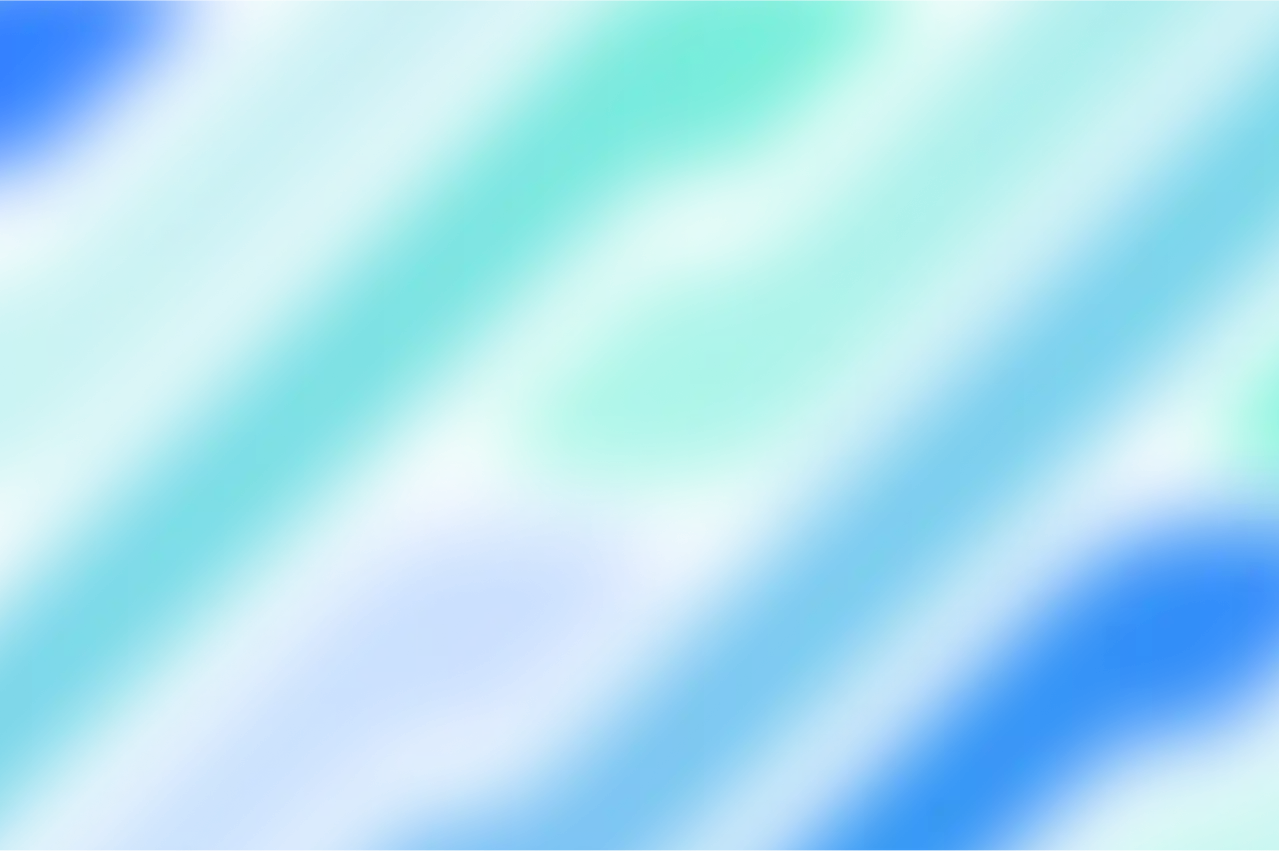by Ahi Marino-Dawson, Iwi Development Adviser | Kaiwhanake a-Iwi, National Services Te Paerangi
This whakataukī beautifully connects the celebrations of Puanga and Matariki to the hard work, traditionally for growing, harvesting, and storing food over several months. This saying can also apply to the hard work of providing for yourself and your whānau. Because Matariki is hard to see in certain regions, iwi around Whanganui, Taranaki, the Far North and parts of the South Island primarily recognise Puanga.
Puanga and Matariki is a significant indicator of the long nights of Takurua, as Tama-nui-te-rā returns to his first wife Hinetakurua, and their union results in shorter days and longer nights during the winter months.
Puanga, also known as Rigel, holds the distinction of being the brightest star in the Orion constellation. During late autumn and early winter nights, Matariki can be seen below Puanga and to the left of Tautoru, which are the three stars of Orion's Belt. Puanga rises in the pre-dawn sky around May or June, depending on the location. Its appearance is eagerly awaited as it signals the start of a new cycle and brings a sense of renewal and hope.
Puanga is the marker of the New Year for Whanganui Iwi. It is a time for reflection, connection, and celebration. Whānau come together to acknowledge the past, honour their ancestors, and set intentions for the future. Festivals, gatherings, and cultural events take place, where people engage in rurukū, waiata, kai, and storytelling. So, how do the people of the Whanganui River celebrate Puanga? Like how tikanga varies among iwi, hapū and whānau, it is said to be the same when celebrating Puanga and Matariki.
Last Puanga celebrations, the whānau from Tūpoho paddled out on the awa with their waka filled with adornments of rau and rākau from Tāne and kai from Haumietiketike and Rongomātane, karakia/rurukū to acknowledge their ancestors, Atua Māori, loved ones, the past, present, and future and acknowledge the new year and the year that has passed .
A Ngāti Rangi celebration is an invitation to join them for a two-day Puanga Wānanga and Maunga Karakia on Koro Ruapehu, the sharing of kai, the sharing of knowledge, and recounting kōrero and waiata tuku iho in preparation to star gaze for Puanga and Matariki on Koro Ruapehu.
I feel very grateful and humbled to be able to take pause and reflect on the special moments to me and my whānau this past year. A personal and very humble celebration that I do for Puanga is by form of a “reset”, I spend a weekend or two of deep cleaning my whare to clear it of things that no longer fit into our tauoranga.
My son turns 2 in the month of Puanga, I cherish the clothes that once fitted him and gave him warmth, and think about how they will now go to a pēpi that will do the same for them. The Babyhood Organic Breath Eze Cosy Crib that was once his favourite moenga will be given to another pēpi and I hope will be their favourite moenga too. The process and privilege of being in a position where I can koha atu is one I am extremely grateful for. This is a way I personally celebrate Puanga.
The celebration of Puanga highlights the deep connection between the land, the stars, and the people. It reminds us of the importance of observing the natural world and the cycles of life. Puanga serves as a reminder to seek enlightenment, embrace new beginnings, and nurture the bonds of whānau, hapū, and iwi.
It is a time to honor the traditions and wisdom of the past while looking forward to a bright future. Whanganui people acknowledge this time of Tama nui te Rā and Hinetakurua and await the turn of Tama nui te Rā and Hine Raumati, associated with the legendary figure, Maui
